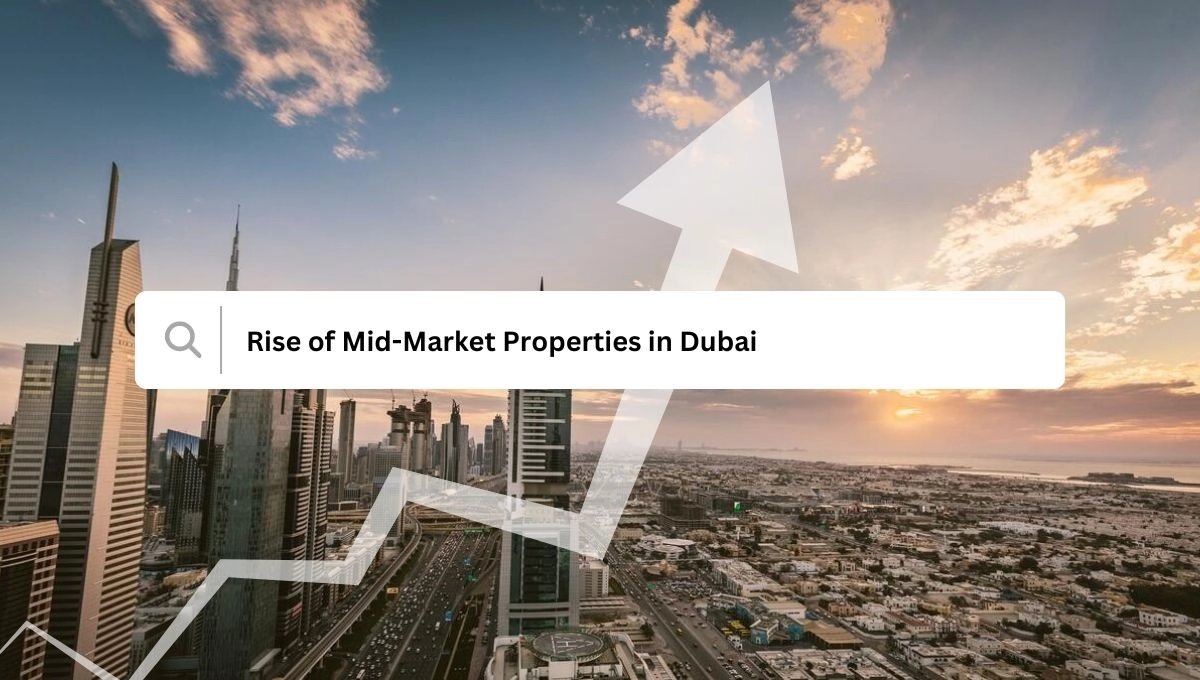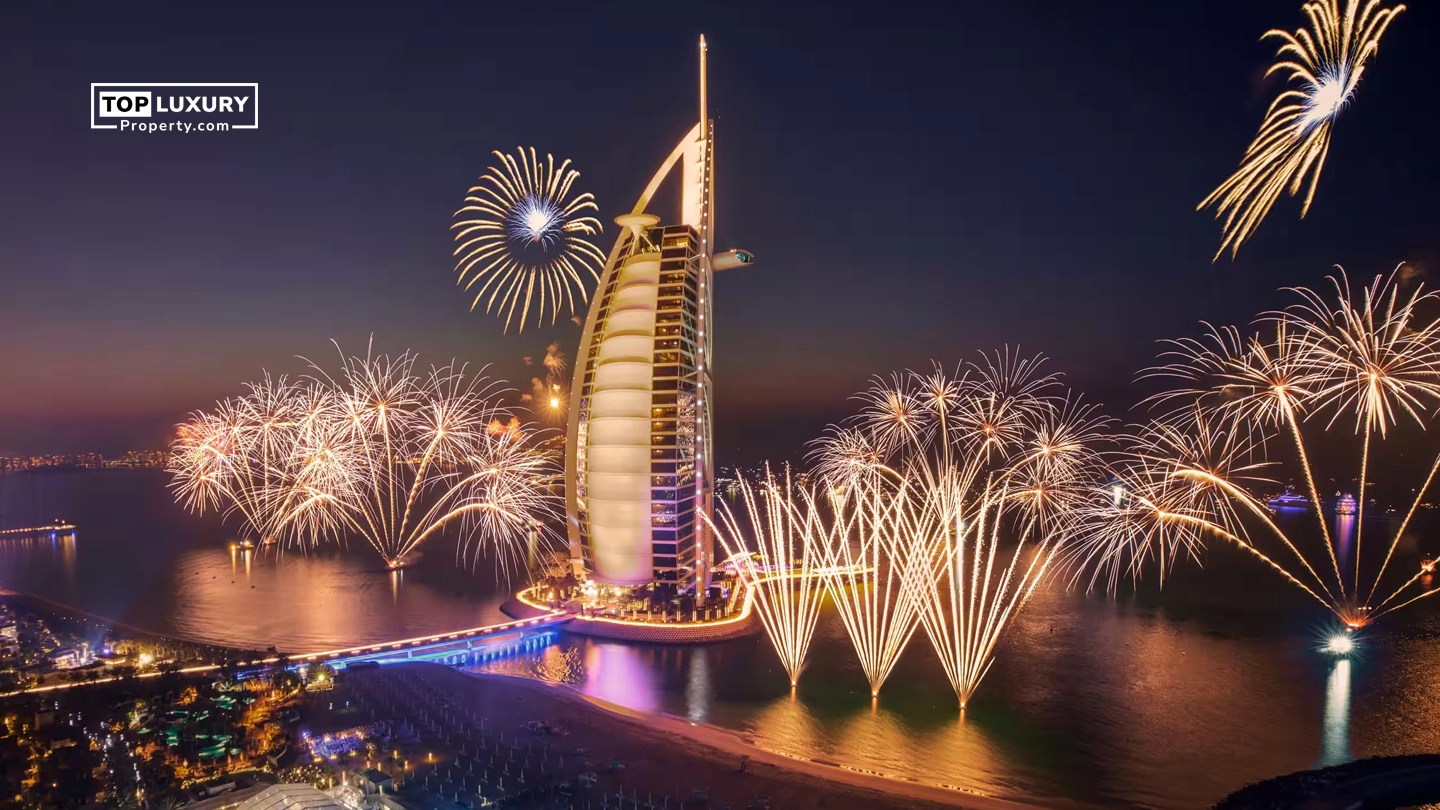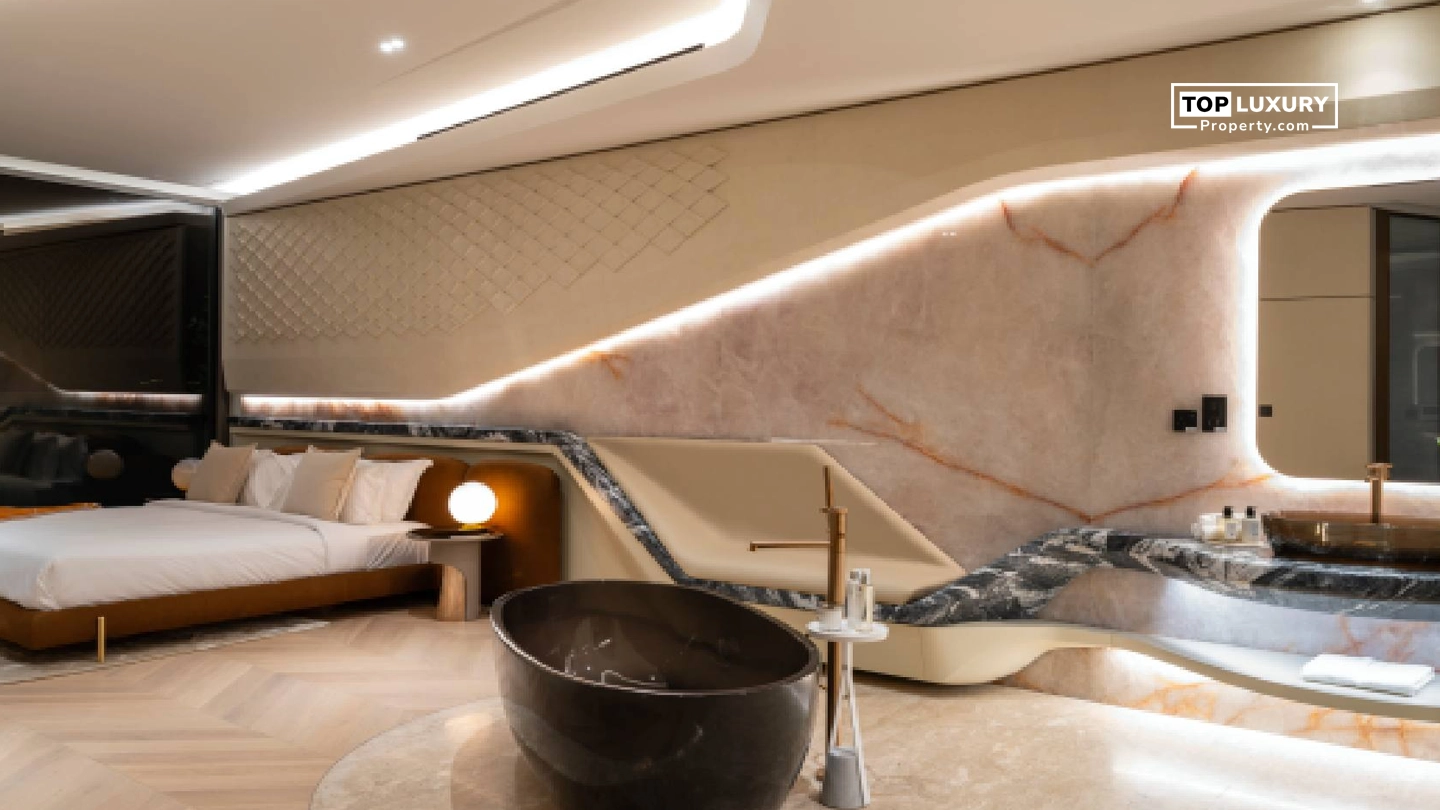However, things have changed with time as the sector tries to meet the demand of the increasing population. Although the high-end market is doing well, mid-range housing has become one of the fastest-growing segments and is in high demand.
The Rise of Mid-Market Properties
The mid-market comprises affordable yet high-quality residential units priced between AED 1 Million to AED 3 Million. Historically, developers focused on the two extremes – uber luxury for the elite and affordable housing. The mid-market was relatively underserved.
However, as Dubai’s population swelled over the years, the demand for mid-priced properties boomed. Young professionals and families flocked to the emirate for job opportunities. They desired homes that were neither lavish nor barebones basic. Properties that were spacious, well-appointed, in convenient locations and most importantly – affordable on their incomes.
According to Anna Skigin, CEO of Frank Porter, “Dubai’s property market traditionally focused on high-end homes for the affluent, but now, there is a rise of more affordable options for the average professional.”
John Lyons, Managing Director of ESPACE, concurs that the mid-market segment “has always been, and will always be the fastest and most in-demand sector of Dubai’s real estate market.”
According to Knight Frank, sales of ultra-luxury homes worth more than AED 10m went up 19% during the first quarter of 2024 but those below 3 million Dirhams shot through roof registering 500% growth!
The outsized demand makes perfect sense. After all, Dubai does not only comprise millionaires and billionaires but has a solid professional class. Deloitte expects the city’s population to touch 5.8 Million by 2040. These residents need quality homes they can reasonably afford.
Why Mid-Market Properties are Surging in Popularity ?
There are several reasons why mid-priced developments are gaining immense traction:
Affordability – For middle-income tenants and investors, luxury homes are out of reach. Mid-market properties deliver quality without the prohibitive price tags.
High Rental Yields – Investors enjoy generous returns from renting out mid-market units located in well-connected communities. For instance, rents in Jumeirah Village Circle surged 32% in 2023.
Lifestyle Amenities – Previously considered lavish, fitness centers, swimming pools and retail areas are now common features in mid-market projects.
Freehold Ownership – Unlike leasehold properties, freehold units allow foreign nationals to acquire permanent ownership in the UAE.
Growth In End-Users – The mid-market targets end-users who intend to reside in the properties long-term rather than flip them quickly. This results in stable communities.
Urban Expansion – As Dubai’s footprint has grown over the years, affordable developments have mushroomed in emerging districts like Dubailand along with improved infrastructure.
Brands Catering To Mid-Market Demand
Given the immense appetite for mid-priced residences, leading developers like Damac, Emaar, etc., are launching dedicated brands and projects to plug the gap.
Some noteworthy mid-market projects include:
- Avenue Residence 6 (AED 1,125,272)
- Kempinski Marina Residences (AED 2.2 M)
- ARLO at Dubai Creek Harbour (AED 1.7 M)
- Golf Lane at Emaar South (AED 4.48 M)
- Tonino Lamborghini Residences Dubai (AED 1.5 Million)
- One By Binghatti (AED 1,699,999)
- Damac Water Vein
- Damac Green Vein
These projects exemplify how mid-market residences offer a balance of value, quality, and lifestyle. Moreover, their competitive pricing and payment plans open the door to home ownership for a wider section of tenants and investors.
Future Outlook
Market analysts forecast Dubai’s mid-market segment will sustain its bullish momentum in the years ahead.
PwC expects affordable housing to be the fastest-growing asset class between 2022-2026.
The consultancy notes how changing demographics are boosting demand. As Dubai evolves into a global hub for talent, its population is becoming more diverse with varying income levels.
PwC anticipates developers to launch more mixed-use communities offering residential, commercial and leisure amenities at mid-range price points. Concepts like build-to-rent, paired with friendly ownership laws, will make property acquisition easier.
Meanwhile, luxury developers also recognize the lucrative potential of the mid-market. After largely focusing on premium properties priced over AED 3 million, they are dipping their toes into this high-volume segment.
Given the lower price points, experts predict price growth to be relatively more subdued in the mid-market. Nonetheless, quality supply coming online will satiate demand, keeping the market stable.
Mid-market properties are also likely to gain traction among investors hunting for higher rental yields. With luxury leasing yields averaging 2-3%, mid-market rental returns are nearly double at 5-6% on average.
All in all, the stage seems set for the mid-market wheel to continue rolling on.
The Enduring Allure of Dubai’s Luxury Property Market
The mid-market is becoming very strong, but Dubai’s luxury real estate market is still very popular. It is still known as the place for millionaires.
In 2023, sales of luxury homes in Dubai surpassed $7.6 billion, making it the top global center for such transactions. On the other hand, New York registered $3.7 billion and Los Angeles $4.3 billion in sales the same year.
For the first quarter of 2024 alone, Dubai saw 105 deals, each worth more than AED 10 million (>$3.7 million), reflecting a 19% increase from QI 2023. The total value realized from these high end properties amounted to AED 1.73 billion.
Dubai’s lavish properties have gained a cult-like following among Ultra-High-Net-Worth-Individuals (UHNWIs) from around the world. This elite demographic, comprising over 200 centi-millionaires and 15 billionaires, has fallen head over heels for Dubai’s ‘luxury lifestyle.’
Let us examine what gives Dubai’s premium property market an enduring edge:
Prime Locations
Dubai is renowned for its man-made islands, beaches, marinas and golf communities housing some of the world’s most exclusive properties.
Palm Jebel Ali - Dubai’s flagship island housing A-list celebrities in signature villas and . Sales above AED 10 million: 82 in Q1 2024. Followed by Palm Jumeirah with 48 and Sobha Hartland 2(MBR) with 33.
In the off-plan market , Palm Jumeirah recorded 51 transactions, with Dubai Water Canal and Dubai Healthcare City II trailing with 28 and 18 transactions, respectively.
Dubai Marina - Bustling waterfront hub famous for its elite high-rises. Sales above AED 10 million: 28 in Q1 2024.
Jumeirah Bay Island - Posh community off Sheikh Zayed Road packed with luxury towers.
Emirates Hills - Sprawling Beverly Hills-style community lined with mega-mansions.
The Palm and Emirates Hills especially resemble millionaire enclaves housing the rich and famous.
Branded Architecture
Dubai has perfected the concept of branded residences - uber-luxury homes associated with iconic hospitality and automobile brands.
Some examples:
- Aeternitas by London Gate
- Armani Residences, Burj Khalifa
- Plazzo Versacea
- BV Residences (Bvlgari Resorts and Residences)
- DAMAC Bay by Cavalli
- Omniyat Orla Dorchester Collection
- Kempinski Residences The Creek Dubai
- Six Senses Residences
- Bulgari Lighthouse
- St. Regis The Residences
- Atlantis, The Royal
- Burj Binghatti Jacob & Co Residences
- Amali Island Villas
These branded homes exude prestige and exclusivity. The branded luxuries coupled with bespoke facilities and service elevate living to an artform.
Brag-Worthy Amenities
Lavish homes demand lavish amenities. Dubai’s developers pull out all stops to incorporate state-of-the-art luxuries:
- Rooftop terraces with breathtaking views
- Infinity pools, vitality pools, hydro pools
- Spas and massage parlors
- Cutting-edge home automation
- Private yacht marinas
- Michelin-starred restaurants
- Luxury retail areas
The amenities extend beyond the physical to top-notch concierge and butler services. Newer projects even offer ‘virtual’ golf and snow sports!
The Discerning Ultra-Rich
Dubai attracts the highest echelon of HNWIs who seek the ultimate in luxury living. UAE Passport holders accounted for only 2.6% of prime sales in 2022.
Instead, Affluent expatriates dominate, especially from:
- United Kingdom
- India
- Italy
- Switzerland
- France
- Russia
- Europe
Global turmoil has spurred safe haven capital flows into Dubai’s prime property. Russia’s oligarchs alone parked over $6 billion.
Knight Frank forecasts ultra-prime sales above AED 30 million to rise by 7% in 2024.
Expo 2025 will further elevate Dubai’s luxury quotient. Premium property will continue its golden run.
However, is the luxury segment’s hegemony under threat from the surging mid-market?
Can Luxury & Mid-Market Co-Exist?
Experts believe both luxury and mid-market properties will flourish symbiotically rather than compete.
Dubai has market depth to accommodate both. The luxury segment caters to the wealthy few who desire exclusivity. Meanwhile, mid-market serves the mass-market seeking affordable homes.
As John Lyons explains, “The days of luxury reigning supreme in Dubai’s property market are over, and buyers are now seeking value, unwilling to compromise on quality. Enter, the thriving mid-market segment.”
Dubai’s accelerating population growth requires a multi-tiered real estate ecosystem. Luxury properties create a halo effect that boosts Dubai’s image worldwide. Mid-market homes ensure availability of quality housing for the expanding workforce.
When luxury towers launch in Downtown Dubai or Dubai Creek Harbour , mid-market projects mushroom in Oud Metha and Dubailand. Different price strata naturally gravitate to various locations.
Government entities like RERA proactively try to keep both markets balanced. For instance, luxury sales are capped at specific project phases while off-plan sales quotas limit speculative activity.
Although luxury and mid-market sales volumes may rise and fall cyclically, both hold appeal for largely distinct buyer profiles. Multi-tiered demand and differentiated offerings allow them to sustain parallel growth trajectories.
Summing Up
Dubai’s property story has transformed from being luxury-centric to appreciating the mid-market’s significance. Real estate development has kept pace with the Emirate’s economic and demographic expansion.
While the glitz of luxury will always captivate, mid-market developments are key to creating vibrant communities. Dubai’s maturing property landscape has room for both – the Palm Islands and Dubailand.
Looking ahead, expect the luxury segment to uphold Dubai’s aspirational appeal as the mid-market works to make quality housing attainable. Different markets solving different problems will enable the Emirate’s realty surpass London and New York.





_(2)_638647637563832478_820465_.webp)